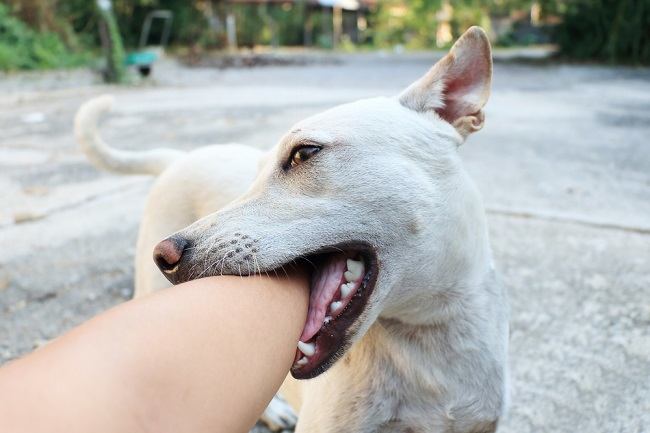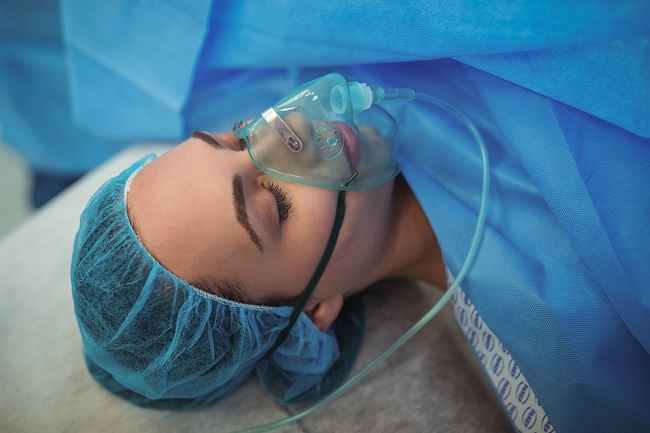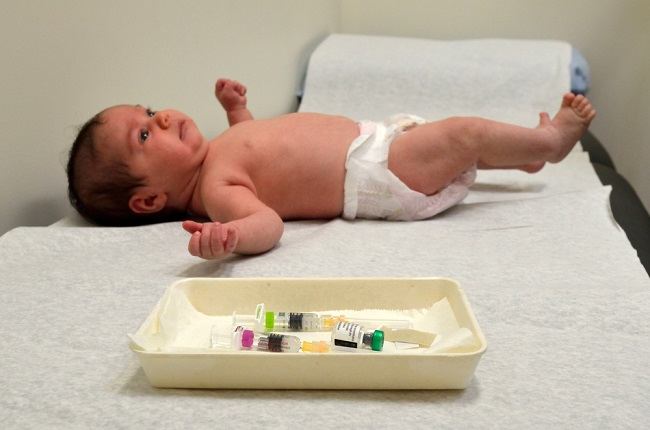Hydradenitis suppurativa is a disease characterized by the appearance of small, pea-sized lumps under the skin. The lump may be painful and filled with pus. This condition is often referred to as acne inversa.
Hidradenitis suppurativa occurs on skin that has hair and sweat glands, especially in areas that often experience friction, such as the armpits, groin, groin, buttocks, and breasts. This condition tends to occur after puberty and lasts for a long time (chronic).

In severe cases, a duct of pus can form under the skin, also known as the pilonidal sinus. These ducts are connected by many lumps, so infection and inflammation can spread to other areas.
Causes of Hidradenitis Suppurativa
Hidradenitis suppurativa occurs due to blocked hair follicles. The exact cause of the blockage is not yet known. However, it is suspected that the blockage occurs due to the following:
- Friction between skin and clothes
- Aberrant immune response to good bacteria
- Inflammation that causes the follicular wall to rupture, and damage the apropine gland and ducts
- Secondary bacterial infections, ie infections that occur during or after the treatment of other infections
- Certain drugs
Keep in mind, hidradenitis suppurativa is not related to poor body hygiene. This condition is also not contagious. However, a person is more at risk of developing hidradenitis suppurativa if they have the following factors:
- Age
Generally, hidradenitis suppurativa experienced by someone who has just gone through puberty, especially ages 18 to 29 years.
- Genetics
In the majority of cases, hidradenitis suppurativa occurs in someone who has a family member with a similar condition.
- Gender
Women develop hidradenitis suppurativa more often than men.
- LifestyleObesity and smoking have been shown to increase the risk of developing hidradenitis suppurativa
- Disease
Hidradenitis suppurativa is more prone to occur in someone who also suffers from certain diseases or conditions, including diabetes, psoriasis, metabolic syndrome, and Crohn's disease.
Symptom Hidradenitis Suppurativa
Symptoms of hidradenitis suppurativa can vary from one patient to another. Symptoms can also last for years and get worse over time.
Hidradenitis suppurativa usually occurs under the skin that has hair follicles and sweat glands, and often experiences friction, such as:
- Armpit
- Thigh fold
- Inner thigh
- neck neck
- Breast fold
- belly folds
- behind the ear
- The area around the anus, to be precise in the buttocks
Symptoms begin with the appearance of lumps such as pimples or blisters that feel hard and inflamed, and can cause pain. The lump may disappear in 10–30 days, but it can also get worse and become an abscess that is painful and oozes pus that smells when it bursts.
In more serious conditions, symptoms can be accompanied by the appearance of black bumps that look like blackheads. Even if it is treated and has gone away, the lump can reappear and leave a permanent scar or scar.
When to go to the doctor
It is very important to detect hidradenitis suppurativa as early as possible. Therefore, you are advised to consult a doctor if a lump appears under the skin accompanied by the following symptoms:
- Feel pain
- Not getting better in a few weeks
- Occurs in more than one part of the body
- Easily spread to surrounding body parts
- Have a relapse after being treated for a few weeks
If necessary, check with the doctor regularly to prevent the spread of infection and complications, especially if new symptoms arise.
Diagnosis Hidradenitis Suppurativa
The diagnosis of hidradenitis suppurativa is made by looking at the symptoms experienced by the patient and the patient's medical history. After that, the doctor will perform a physical examination, and determine the severity of hidradenitis suppurativa using the Hurley Stadium scale. Here is the explanation:
- Stage 1
Abscesses appear in one or more areas, but separate from one another without scarring and sinus passages.
- Stage 2
An abscess appears in one or more areas, and a sinus tract begins to form.
- Stage 3
The abscess appears in several areas and is connected by sinus tracts.
If the lump is accompanied by pus, the doctor will take a sample to determine the type of bacteria growing in the pus.
Doctors can also ask the patient to undergo a blood test to find out if the patient has diabetes, considering that skin infections are common in diabetics. In addition, blood tests are also done to monitor the level of infection and inflammation that occurs.
Treatment of Hidradenitis Suppurativa
Treatment of hidradenitis suppurativa aims to relieve symptoms and prevent complications. Treatment will be tailored to the severity of each patient's condition. The following are some of the methods of treatment that can be done:
Drugs
Medicines that can be prescribed by a doctor to treat hidradenitis suppurativa include:
- Antibiotics
Patients will be advised to take antibiotics for 2-3 months, especially if the lump is painful, inflamed, and pus forms.
- antisepticDoctors can also suggest the use of antiseptics that contain chlorhexidine to slow or stop the growth of bacteria. This medicine is generally recommended to be used every day on the affected area.
- PainkillerTo relieve pain, doctors can give pain relievers, such as aspirin and ibuprofen.
- RetinoidsRetinoids are commonly used to treat acne, such as: isotretinoin, can also be prescribed by a dermatologist to support treatment. However, this drug is not recommended for consumption by pregnant women.
- CorticosteroidsCorticosteroid tablets, such as prednisone, can be given a doctor to reduce inflammation of the skin. However, long-term use of corticosteroids is not recommended.
- Immune system suppressant drugsImmune system suppressants, such as infliximab or adalimumab, is considered capable of treating hidradenitis suppurativa by neutralizing tumor necrosis factor (TNF), which is a substance in the body that causes inflammation. This drug is given by injection and is only recommended if other treatments have not worked.
Operation
If needed, hidradenitis suppurativa can be treated with surgery. The type of surgery that doctors perform can vary for each patient, depending on the severity, location, and area of skin affected by this condition. The following are some of the surgeries that can be used to treat hidradenitis suppurativa:
- Incision and drainage of the abscess, namely by slicing the lump and removing the pus
- Surgical removal of the skin, namely by removing the skin and tissue on the lump, either for a lump or a lump that has formed a sinus
- Skin graft surgery, namely by removing the entire area of the skin that has hidradenitis suppurativa, then the wound will be closed with a skin graft procedure
- Laser therapy, which uses a carbon dioxide laser to remove bumps and wounds on the skin
Hidradenitis suppurativa is usually difficult to heal and can cause lifelong relapses. However, if treatment can be started as early as possible, especially with surgery, the potential for this condition to heal completely without causing recurrence is higher.
In very rare cases, hidradenitis suppurativa can also go away on its own without treatment.
Complications of Hidradenitis Suppurativa
The condition of hidradenitis suppurativa that is severe or has constant recurrences often leads to complications, such as:
- Swelling around the affected skin area
- Impaired kidney function and anemia due to chronic infection
- Depression
- Joint pain and arthritis
- Skin cancer
- Fistulas form in other parts of the body, such as the intestines and bladder
Prevention of Hydradenitis Suppurativa
Since the exact cause of hidradenitis suppurativa is unknown, there is no way to prevent this condition from occurring. The best effort that can be done is to prevent symptoms from getting worse, including by:
- Maintain ideal body weight and avoid obesity
- Stop smoking habit
- Wearing loose clothes
- Take a bath with warm water
- Clean the lump area with antibacterial soap
- Do not shave the hair that grows on the lump and its surroundings
- Avoid hot and humid air









